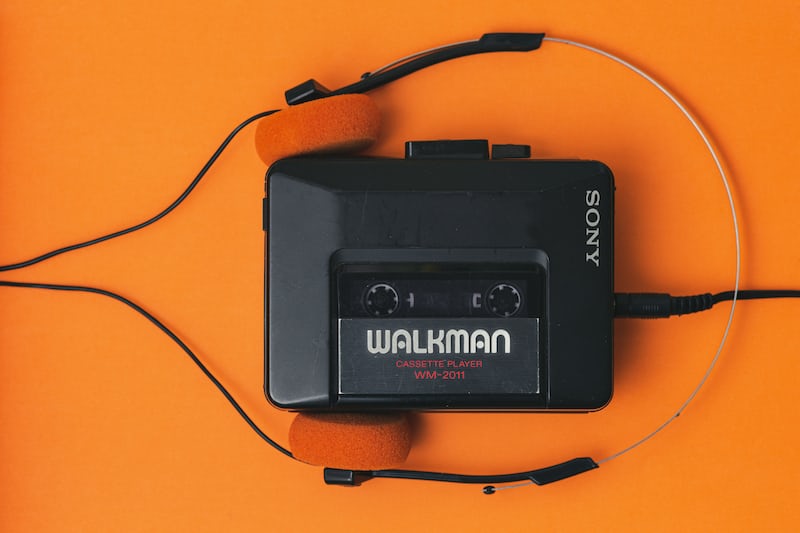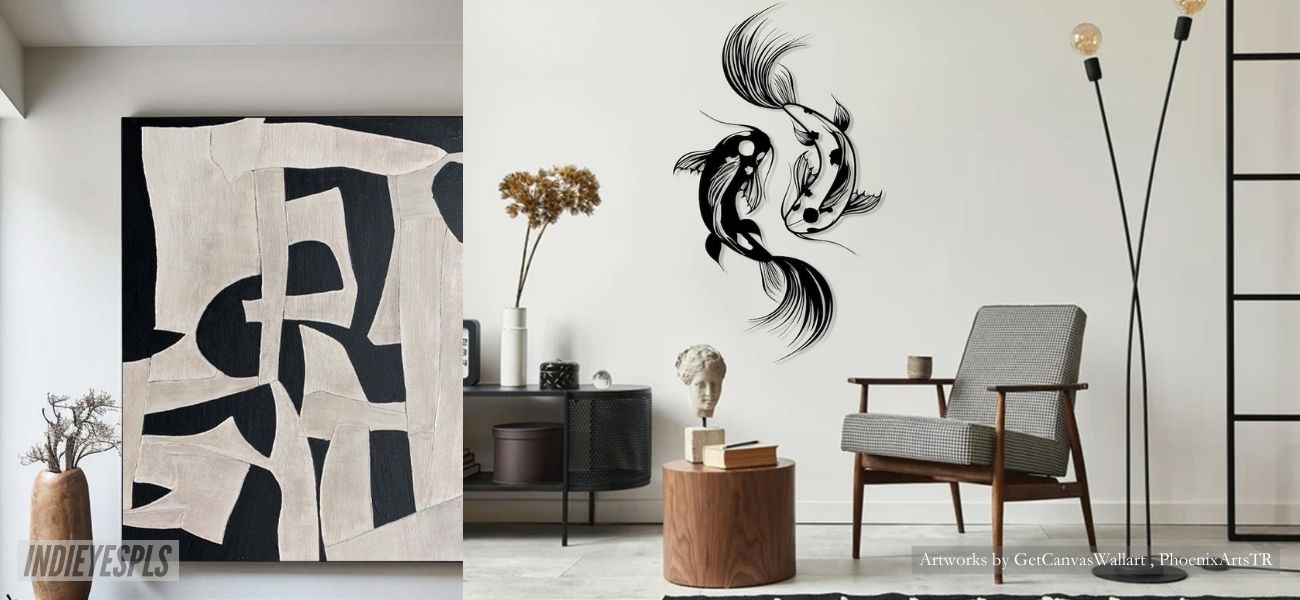Making Ambient Sound Better: Sound Tricks for Sound Quality

Whether you’re creating ambient music or simply looking for soothing stage noise, there are several audio tricks that can improve the sound quality of your mixes. From granular synthesis to volume automation, these tips will help your tracks sound more polished and professional.
Synths, effects, and a catchy rhythm are all standard components of any song, but for ambient music, there’s also the added element of mood and atmosphere.
How to Create Ambient Music as a DJ
It can be daunting for aspiring DJs to start creating ambient music, as well as for beginners and intermediate music producers to get started on producing their own ambient tracks.

Setups for Beginner DJs
While there are many options available, using a digital audio workstation (DAW) such as Ableton Live or Logic Pro X is recommended. These software programs allow you to create, edit, and arrange your tracks in a highly customizable way.
You’ll also need a MIDI controller to help you play and program different instruments. Try the Akai MPK mini or the Novation Launchkey Mini as great options for beginners.
You’ll need a good pair of headphones or studio monitors to accurately hear your music. The Audio-Technica ATH-M50x or the KRK Rokit 5 are solid options that won’t break the bank.
Experiment!
Once you have the equipment and software set up, it’s time to experiment with different sounds, base arrangements, tones, and instruments.
The key to creating great ambient music is to use a combination of sounds and samples to create a unique and immersive atmosphere.
Experiment with different plugins, virtual instruments, and effects to achieve the desired tone and mood.
Producing
Start by setting the tempo and key of your track. Then:
- Create a simple drum beat or rhythm to serve as the foundation of your track.
- Add a bassline or pad to create a rich and full sound.
- Experiment with different melodies and harmonies to create a unique and captivating sound.
- Use automation to add variation and interest to your track.
- Layer different sounds and samples to create a complex and textured sound.
- Use effects such as reverb, delay, and distortion to enhance the overall sound of your track.
- Mix and master your track to ensure that each element is balanced and properly EQ’d.
Remember, creating great ambient music takes time and practice. Be patient with yourself and keep experimenting with different sounds and techniques.
Reducing Background Noise
Background noise, like the hum of a fan or extraneous speech, can ruin an otherwise great recording. Luckily, there are several ways to reduce ambient noise and improve sound quality.
First, make sure you’re recording in a quiet place. Then, try to shut off any devices that might produce low noises (like the fridge or dishwasher) and use acoustic treatments to minimize the sound escaping your room.
Choosing a good microphone can also help. The best microphones have a flat frequency response, meaning they don’t amplify or filter out certain frequencies.
You should also consider purchasing a pop shield or noise reduction filter for your microphone to prevent plosives, which are sounds that occur on certain consonant words, such as the hard “p.”

Using software like Krisp or Audacity can eliminate obnoxious background noise. This software also has features, such as acoustic echo cancellation and noise canceling, which are helpful for video calls.
Lastly, you can use Adobe Sensei to automatically reduce the volume of background music when you’re speaking or if you add a voiceover. This feature works by analyzing the audio and detecting when you’re talking or whispering.
You can also use the manual audio filters in Adobe Sensei to cut out certain sounds, such as high-pass or low-pass filters, which allow higher frequencies to pass through and filter out frequencies below a certain threshold.
Enhancing Acoustics
The acoustic balance of your space plays a huge role in how the sound in that room will resonate. A space with a lot of hard surfaces will reflect sounds and create an uncomfortable reverberant environment.
Soft materials like carpets, curtains, and acoustic panels absorb more of the sound energy and reduce reverberation. This will result in a much more comfortable listening experience for everyone in the room.
The way your furniture and decorations are positioned in a space can have a significant impact on how well you can hear sound.
A table that is directly in front of speakers can cause reflections that will interfere with the audio and distort it. Instead, try putting your speakers in a location where they will be able to reach the listener without reflecting off of any hard or soft surfaces.
Another problem that can cause distorted or unnatural-sounding audio is that too many sounds are coming from the same place at the same time.
This can happen when multiple people are talking in a room or when the sound from different TVs or streaming devices is playing at the same time.
This kind of interference can make it difficult to distinguish one voice from another or to understand the music you are listening to. To limit this type of noise, limit the number of different sources and try to keep them as far apart as possible.
Creating Ambience with Sound Effects
Ambient sound effects are often used to establish the setting for a scene in film or video, but they can also be used to create a sense of atmosphere in music.
The lush sonic landscapes of ambient bands like Mogwai or Hans Zimmer’s soundtrack to Interstellar are examples of this, but there are many other ways to achieve the same effect.
One way to do this is by adding a lot of reverb and delay to instruments. This can make them sound long and dense, which is a common characteristic of ambient music.
Another technique is to use motion to create a sense of space in your song. This can be as simple as changing the pan position of sounds, or it can involve modulating reverb settings and filter cutoffs on an instrument over time.
A great example of this is from the band Purity Ring, who have created an entire track that is constantly evolving.

It’s important to consider the role of ambient sound in your production, as it can have a big impact on how people perceive your work.
By using the right techniques, you can improve the quality of your ambient music and transport listeners to a different place. This can be anything from a grungy warehouse to the edge of a canyon cliff, or even just the comforting feeling of sleeping in your own bed.
Final Considerations
Improving the quality of ambient sound is an essential step towards achieving a more immersive and enjoyable audio experience. Whether you’re producing music, relaxing, or trying to concentrate, good quality sound can make all the difference.
By following the tips and tricks discussed in this article, you can enhance the overall quality of your sound and create a truly captivating atmosphere.





